
Lorem ipsum dolor sit amet, consectetur adipiscing elit, sed do eiusmod tempor incididunt ut labore et dolore magna aliqua. Ut enim ad minim veniam, quis nostrud exercitation ullamco laboris nisi ut aliquip ex ea commodo consequat.
Welcome to the Azores, a dreamlike archipelago of nine emerald-green islands in the middle of the Atlantic Ocean. This comprehensive guide will help solo travelers, families, and adventure seekers alike plan an unforgettable Azorean adventure. We’ll cover everything – from when to go, where to stay, and how to get around, to island-by-island highlights, outdoor thrills, local cuisine, and cultural etiquette. Let’s dive in!
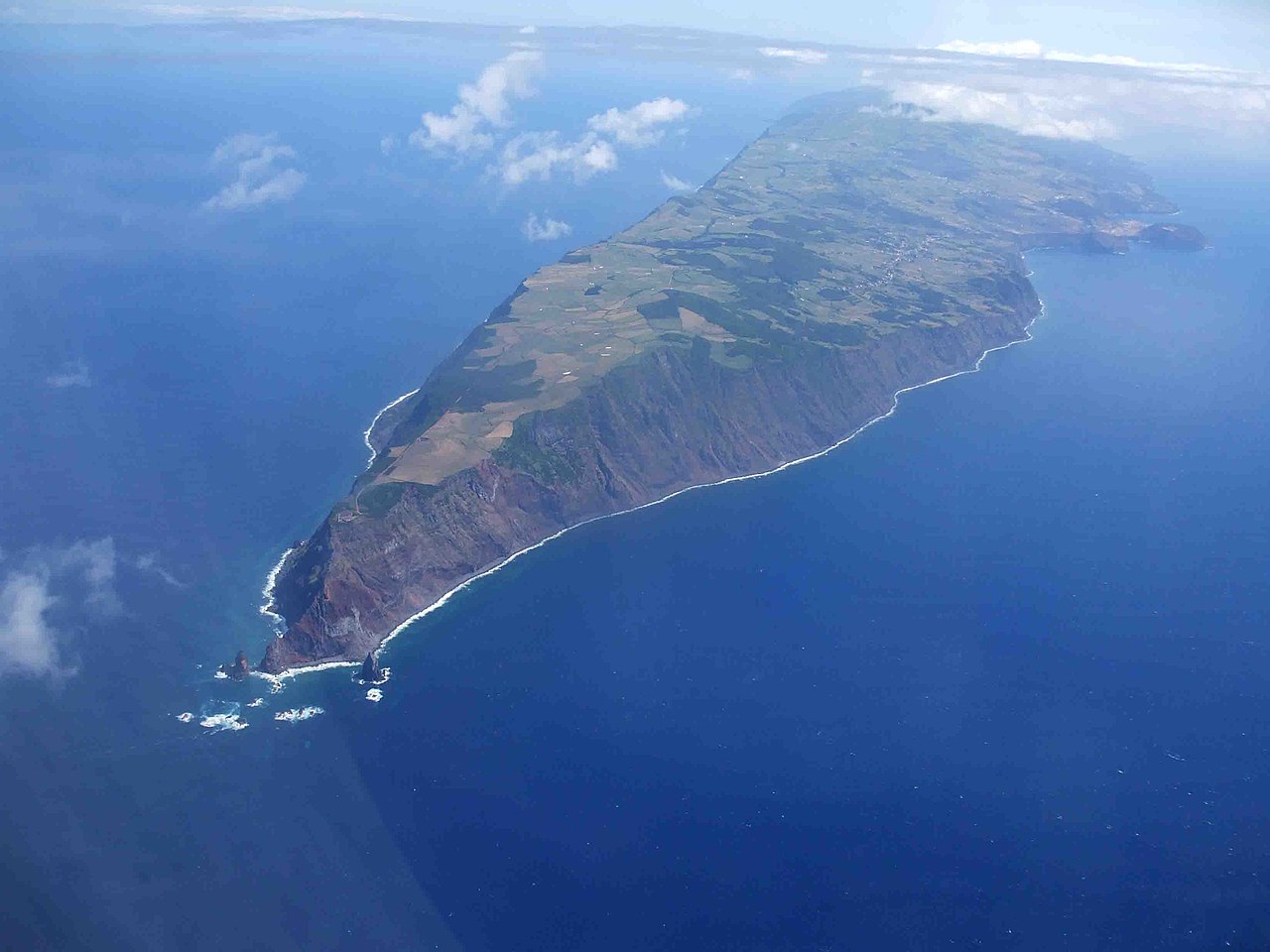
Geography: The Azores (Açores in Portuguese) are an autonomous region of Portugal, located about 1,500 km west of Lisbon in the North Atlantic. There are nine main islands, spread across 600 km in three groups (eastern, central, and western).
All are volcanic in origin – in fact, the Azores are the mountaintops of some of the planet’s tallest undersea mountains.
Mount Pico, a stratovolcano on Pico Island, is the highest point in Portugal at 2,351 m.
The westernmost islet (Monchique, off Flores) marks the westernmost point of Europe, though geologically the western islands (Flores and Corvo) sit on the North American tectonic plate! Each island has its own character, from lush craters to dramatic cliffs.
Climate: The Azores enjoy a mild, temperate maritime climate year-round (Thanks to the Gulf Stream, temperatures are comfortable in all seasons – averaging 18°C annually Summer highs usually hover around 25–27°C and winter days around 15°C. Frost and snow are virtually nonexistent (except occasional dustings atop Pico). Rain can occur in any season (November is usually wettest, July driest), and weather is famously unpredictable – locals joke you can experience “four seasons in one day”. Pack layers and a light rain jacket, and expect a mix of sun, clouds, and mist. The ocean temperature ranges from ~17°C in winter to 24–25°C in late summer (Azores: History, Climate, Currency and more! | Azores.com), making swimming and water sports pleasant in summer and early autumn.
Culture: Azorean culture is warm, traditional, and closely tied to the sea and land. The official language is Portuguese (with regional Azorean accents/dialects), but English is widely spoken in tourism and by younger locals. The people are known for their hospitality and a relaxed pace of life. Each island has its own traditions and festivals – for example, Terceira is famed for its summer festivals and street bullruns, and every island celebrates the Holy Ghost (Espírito Santo) festivals in spring with parades and communal feasts. Religion (Catholicism) plays a strong role; you’ll see many churches and imperios (colorful chapels for Holy Spirit festivals). At the same time, the Azores today pride themselves on sustainability and eco-tourism. Travelers will find a unique blend of European Portuguese heritage and distinct local customs in everything from architecture to cuisine.
Sustainability: The Azores have been recognized as the world’s #1 sustainable tourism archipelago. Conservation is important here – about one-third of the land is protected parks and reserves. You’ll notice efforts to preserve the pristine environment, such as geothermal energy use and strict rules for whale watching and hiking. Help out by following “leave no trace” principles: stay on trails, do not litter, respect wildlife, and use refillable water bottles. The islands’ unspoiled nature is perhaps their greatest treasure.
Each of the nine islands has its own nickname and charm. Below is an island-by-island guide to the must-see spots on each:
São Miguel is the largest and most populated island, home to the regional capital Ponta Delgada and the main international airport. It’s famed for rolling green hills, crater lakes, and geothermal wonders. Plan at least a few days here to see its diverse sight (9 Azores Islands, A Guide to Help You Choose – Eco Lodges Anywhere). Highlights include:
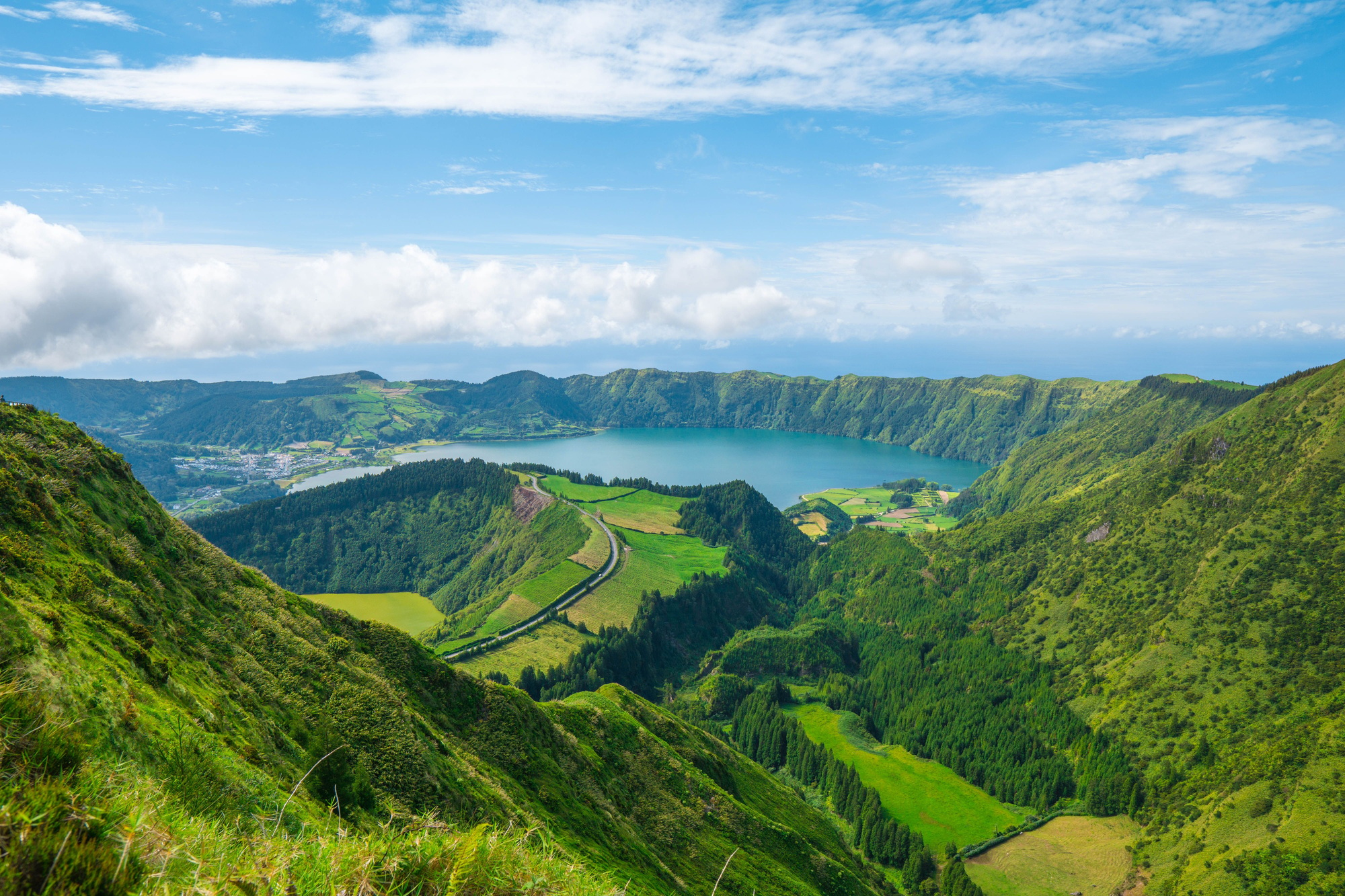
Terceira is the second-most populated island and a cultural hub known for its rich history and festivities. It boasts a mix of UNESCO-listed heritage and volcanic landscapes. Top attractions:
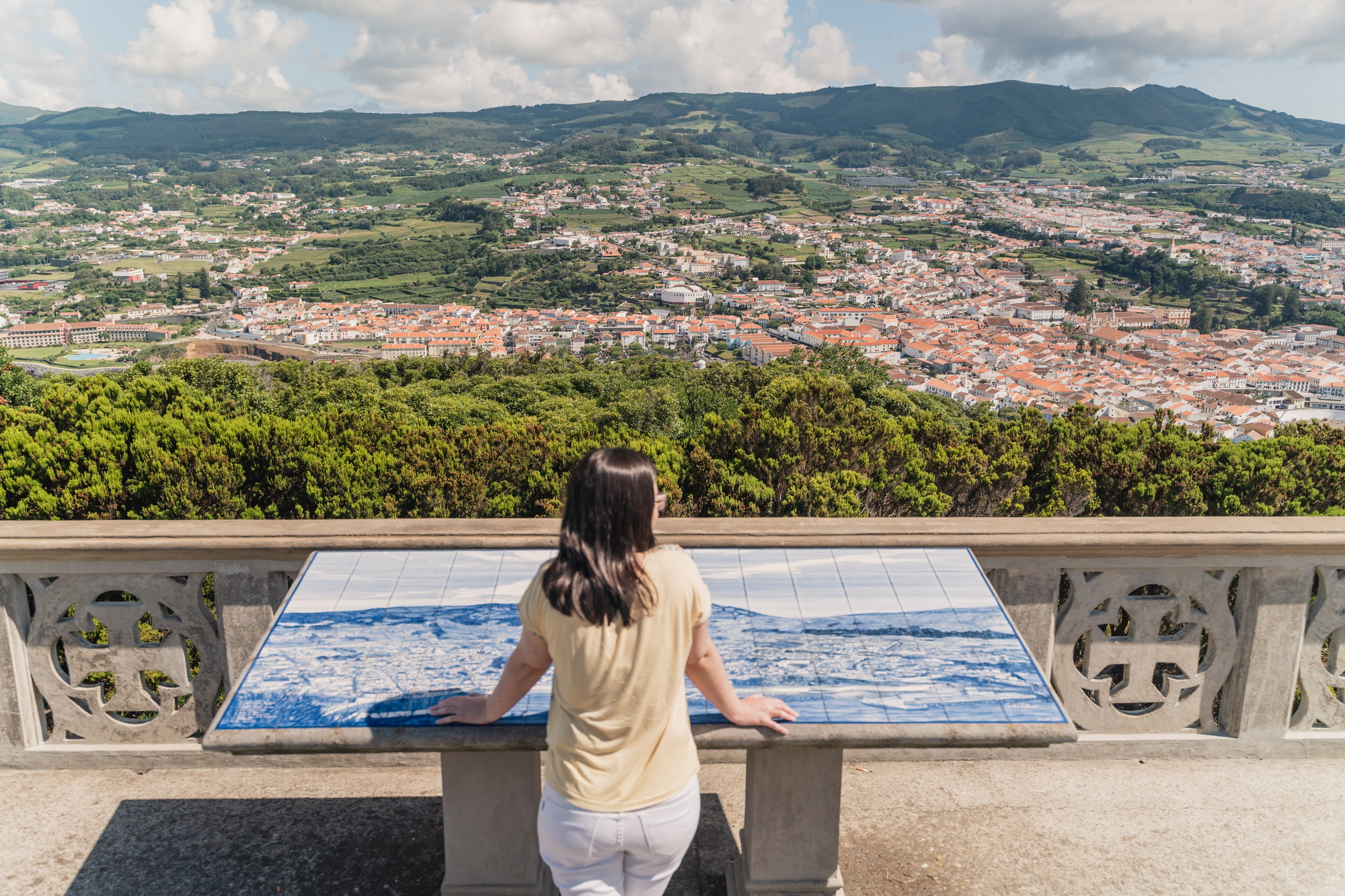
Faial is known as the “blue island” thanks to the blue hydrangea hedges that bloom along its roads in summer. It’s also a yachtie’s haven and a gateway to the deep Atlantic. Must-sees:
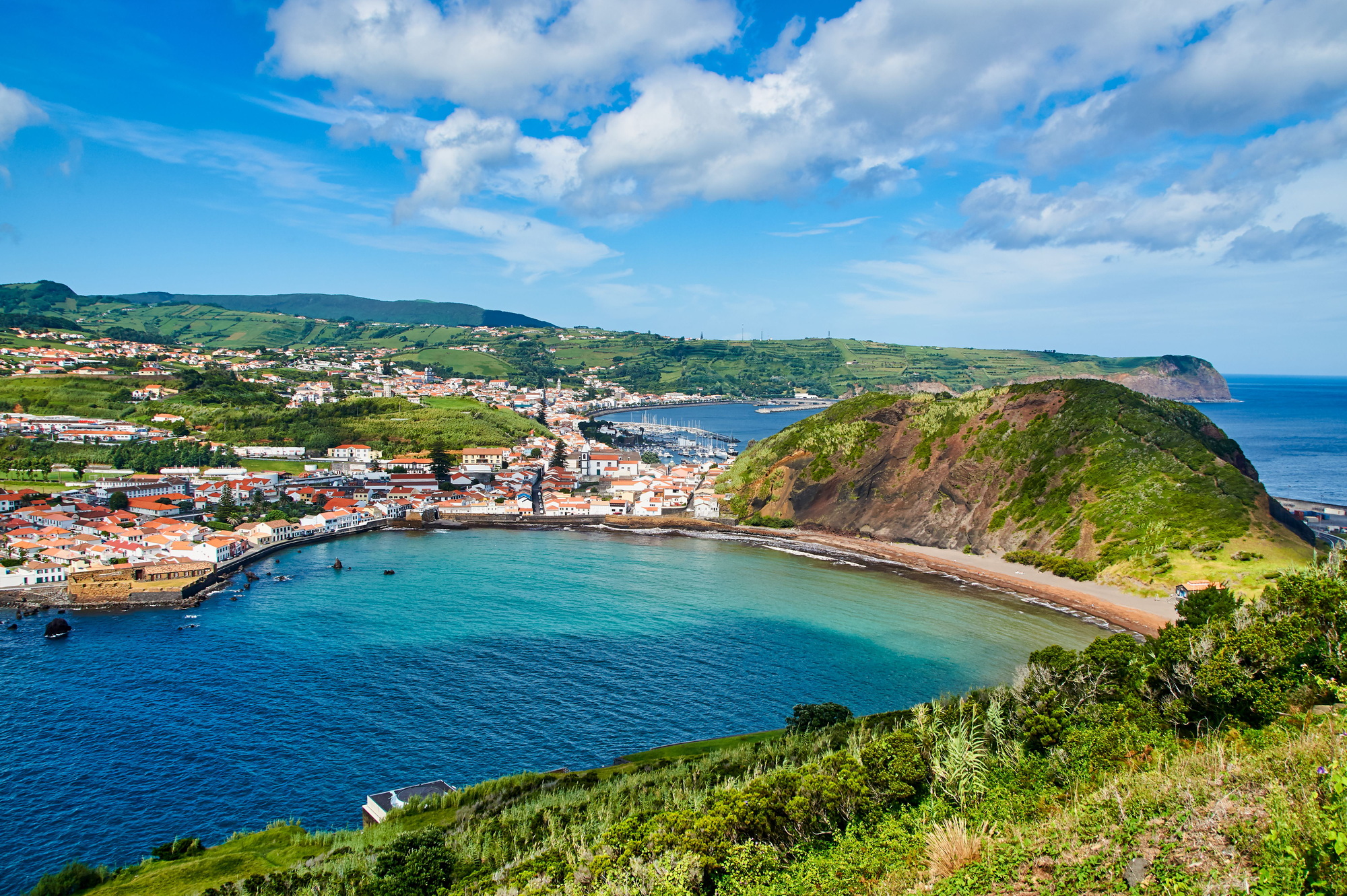
Pico is dominated by its namesake volcano – Mount Pico – which not only shapes the landscape but also the culture (it’s on the island’s flag and lends its black lava rock to vineyards and houses). Pico is a paradise for hikers, climbers, and wine lovers. Top experiences:
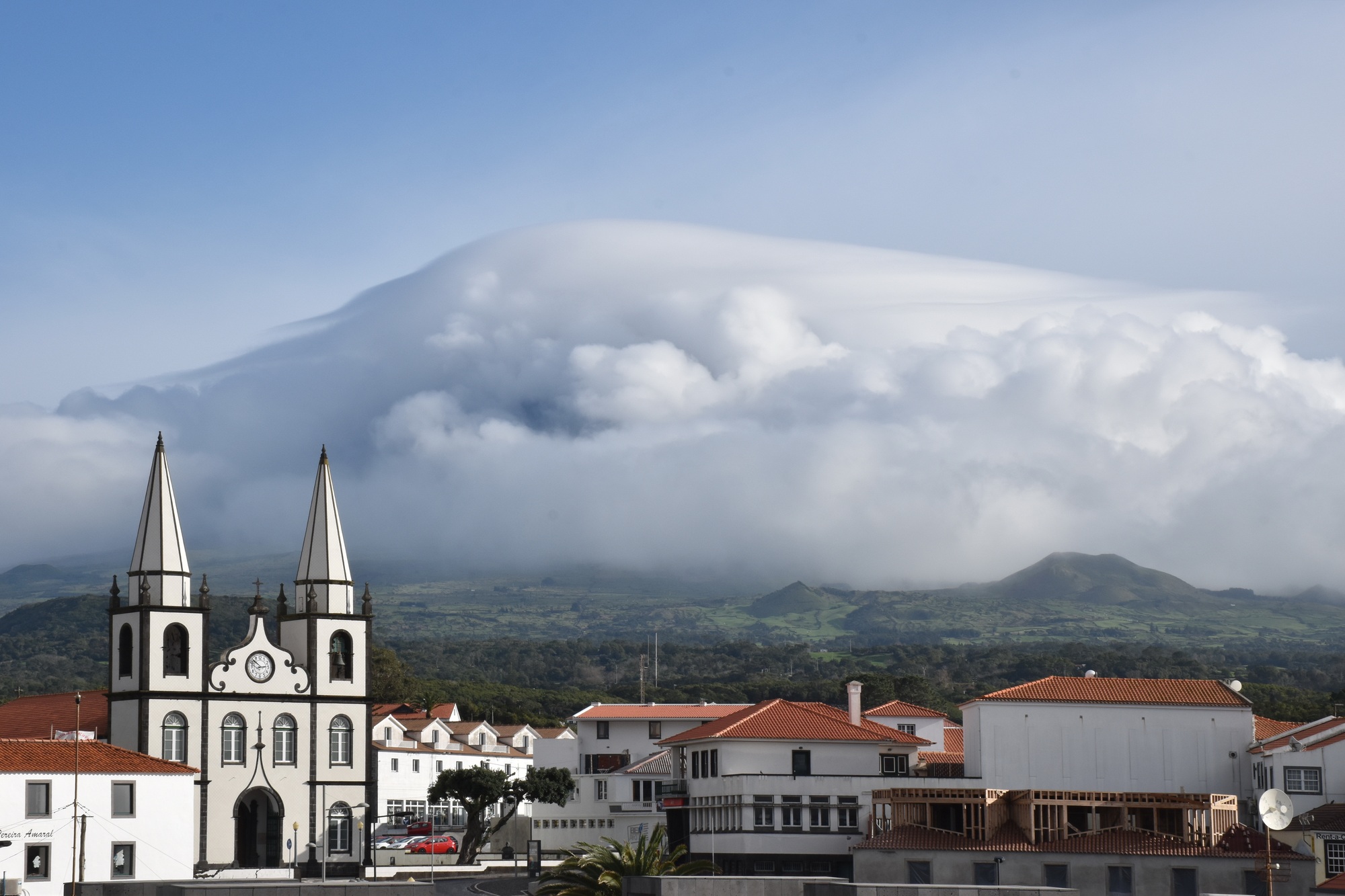
São Jorge is a long, narrow island famous for its fajãs – flat fertile deltas at the base of cliffs, created by landslides or lava flows. It’s a paradise for hikers and those seeking a peaceful, rural vibe. Highlights:

Santa Maria, the southeasternmost island, differs from the others with its warmer, drier climate and golden sandy beaches (notable because most Azorean islands have black sand or rocky shores). It’s a relaxed island known for history and sun. Highlights

Graciosa is a small, peaceful island (population ~4,000) known for its white-washed houses, gentle landscapes, and a famous volcanic cave. It’s designated a UNESCO Biosphere Reserve for its natural and cultural value. Things not to miss:
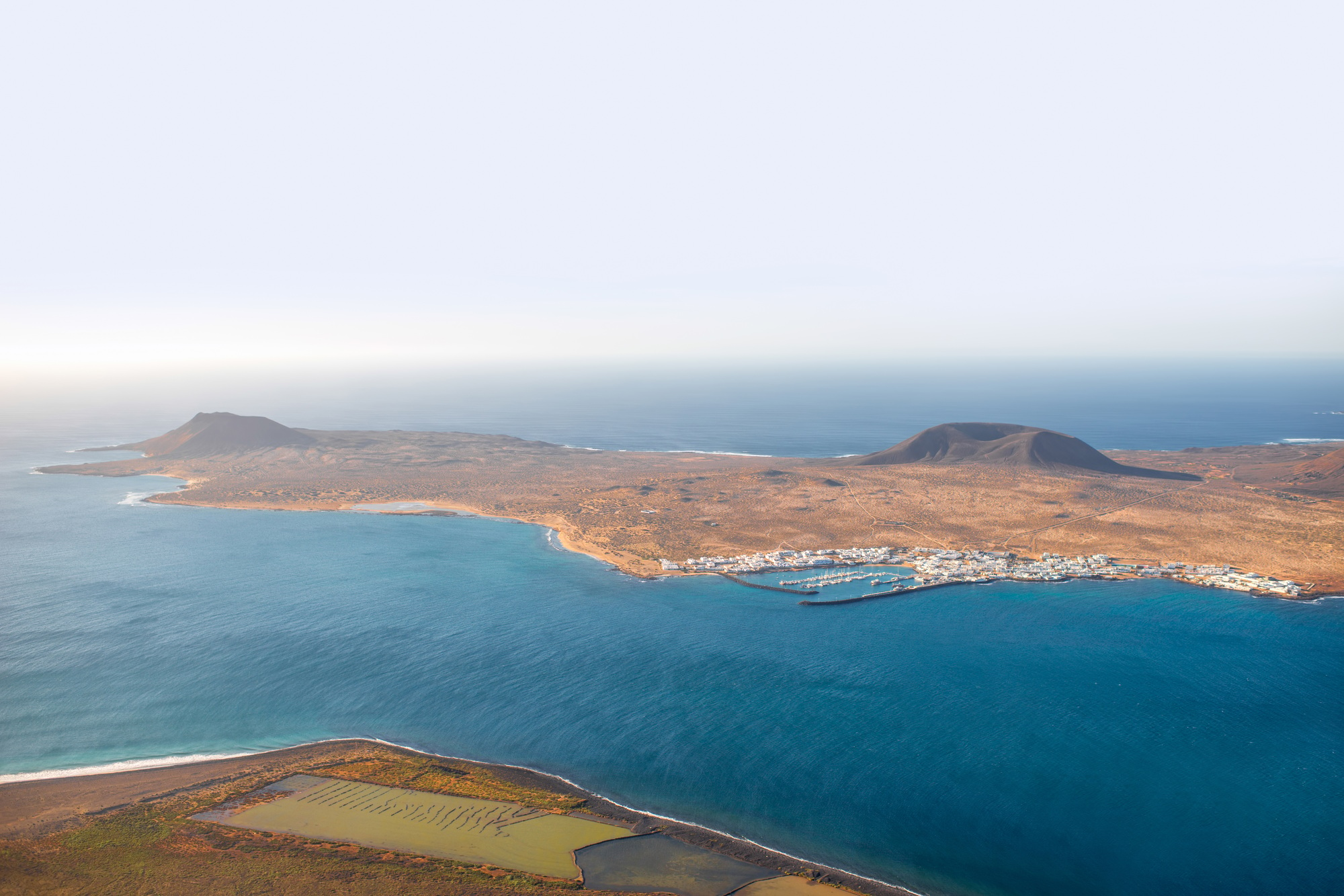
Flores is often dubbed the prettiest island in the Azores – a wild garden of lush valleys, countless waterfalls, and, as the name suggests, an abundance of flowers (hydrangeas, azaleas, wildflowers) especially in summer. It’s a remote paradise (also one of the least populated islands). Highlights:
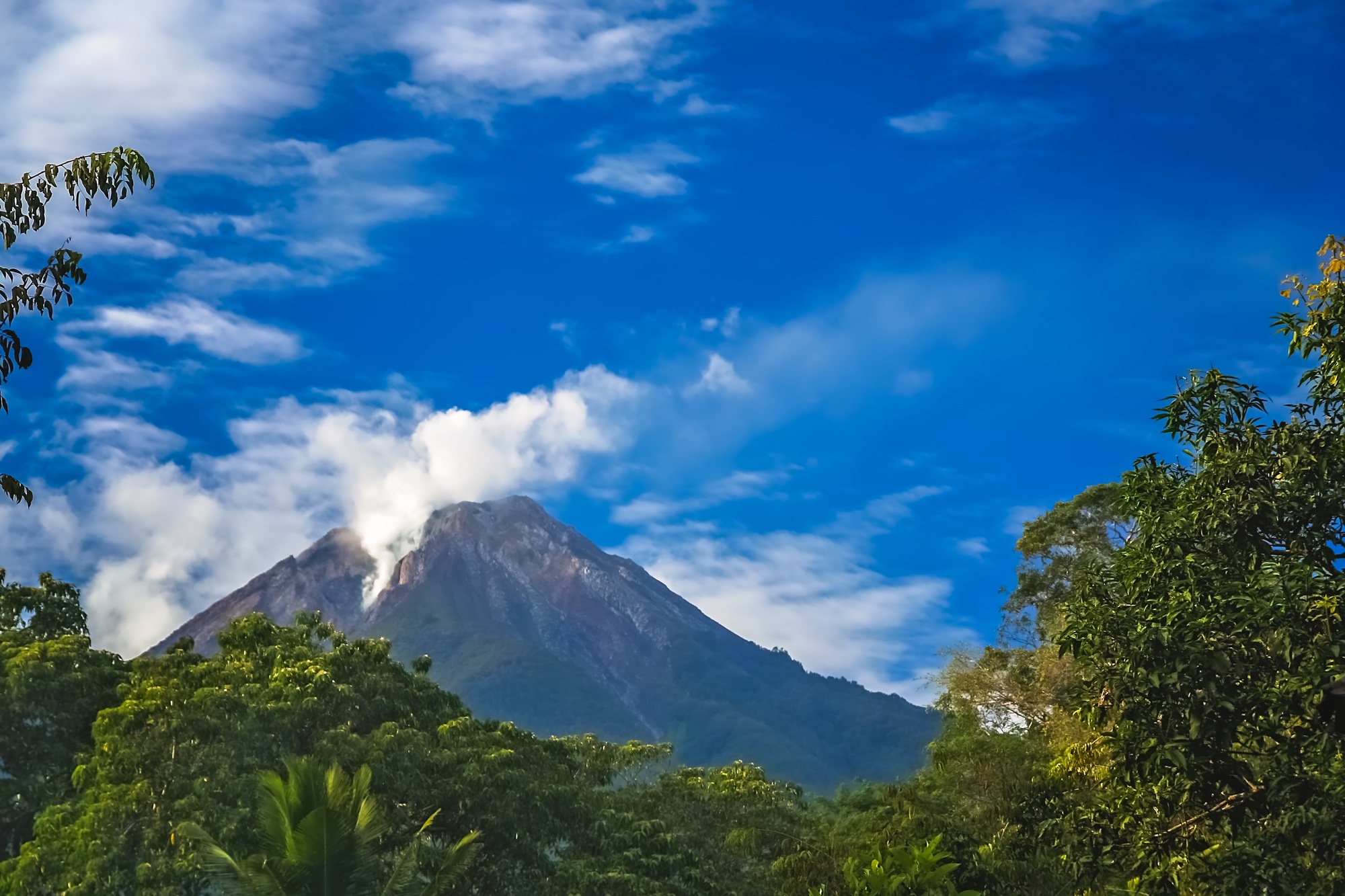
Tiny Corvo is the smallest Azores island (roughly 400 inhabitants, and only 6.5 km long). It’s a volcanic crater in the middle of the ocean, offering extreme remoteness and peace. Despite its size, Corvo leaves a big impression on those who make it here. Must-do:
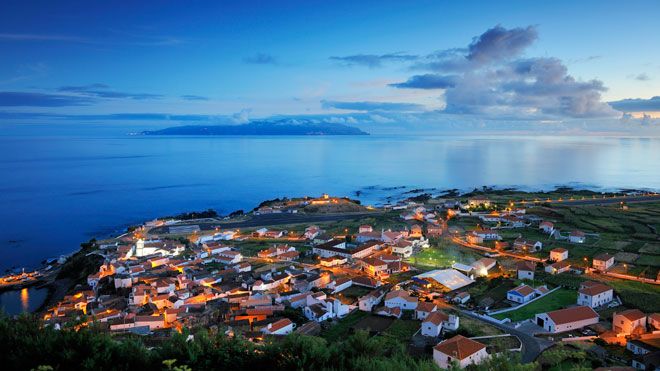
Temperature: 23–27°C highs; ocean 22–24°C
Weather: Warmest weather, calmer seas, least rain
Highlights:
Good to Know:
Temperature: 15–20°C days; 13–15°C evenings
Weather: Mild with occasional showers
Highlights:
Good to Know:
Temperature: 22–25°C (September) to ~18°C (November)
Weather: Summer-like early, increasingly rainy later
Highlights:
Good to Know:
Temperature: ~16°C days, ~12°C nights
Weather: Mild but wet and windy
Top Seasonal Picks
Best Overall Months
May, June, and September
Perfect balance of good weather, activities, and fewer crowds
For Whale Lovers
April
Prime time for blue whale migration
For Beach & Festivals
July-August
Warmest water and most cultural events
For Authenticity
October or Winter months
Experience local life with minimal tourism
The Azores are a hiker’s paradise with over 80 marked trails across all nine islands. From crater lake strolls to volcanic summit climbs, there’s a trail for every ability level.
Top Trails
Essential Tips
The Azores are one of the world’s premier whale watching destinations, often called “the whale sanctuary of the Atlantic.” The islands are home to approximately 27 different cetacean species.
What You’ll See
Tour Information
The Azores offer world-class diving with exceptional visibility (20-30m in summer) and diverse marine ecosystems from shallow coastal areas to deep offshore sites.
For adrenaline seekers, canyoning offers thrilling adventures down waterfalls and through river gorges in the Azores’ lush volcanic landscapes.
Best Islands for Canyoning
Planning Your Adventure
The Azores have a growing reputation for excellent Atlantic surf, particularly on São Miguel, plus a variety of other water-based activities.
Top Surf Spots
Other Water Activities
🚵 Biking & Mountain Biking
🛶 Fishing & Coastal Activities
⛳ Golf
🧗 Adventure Sports
Lorem ipsum dolor sit amet, consectetur adipiscing elit, sed do eiusmod tempor incididunt ut labore et dolore magna aliqua. Ut enim ad minim veniam, quis nostrud exercitation ullamco laboris nisi ut aliquip ex ea commodo consequat.